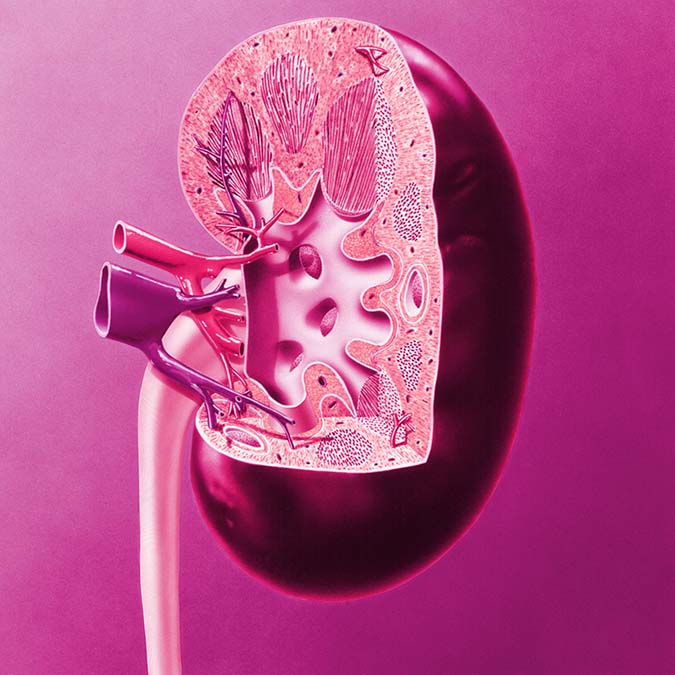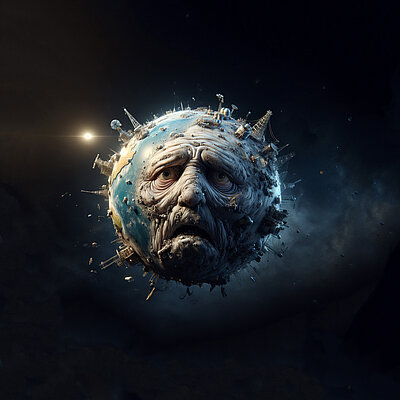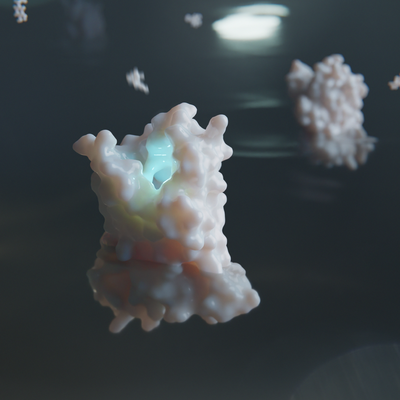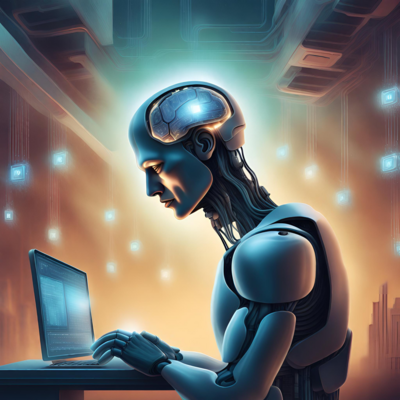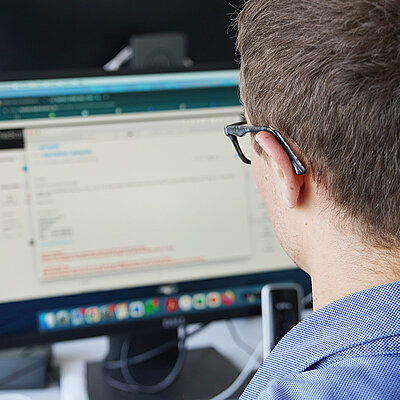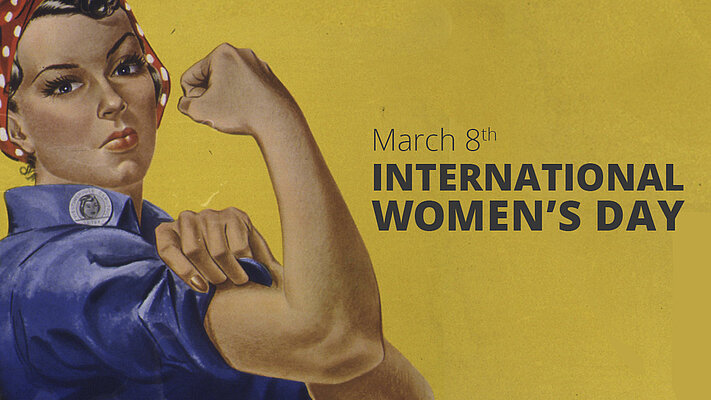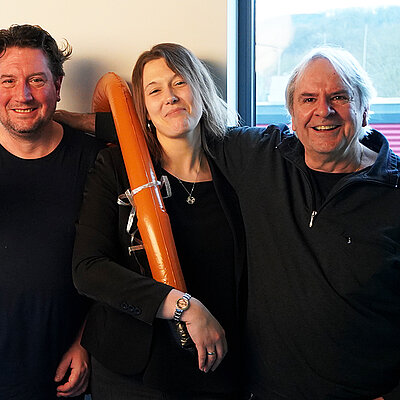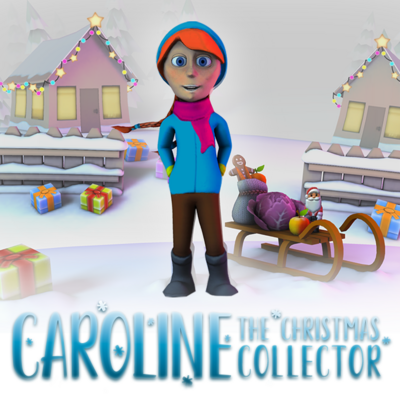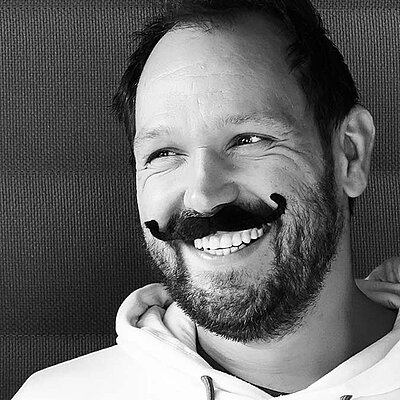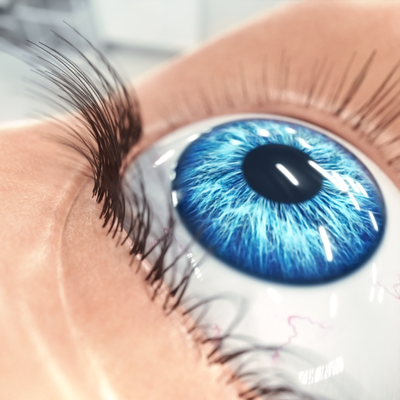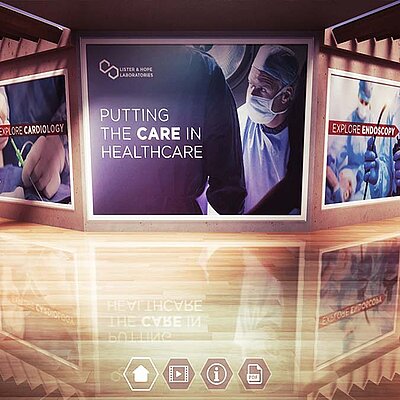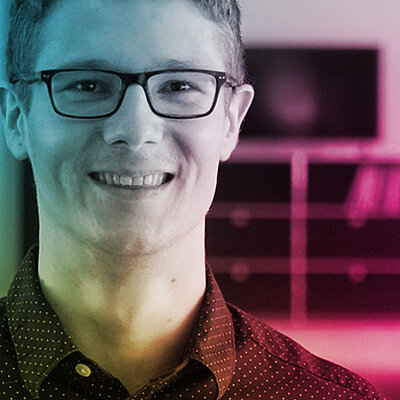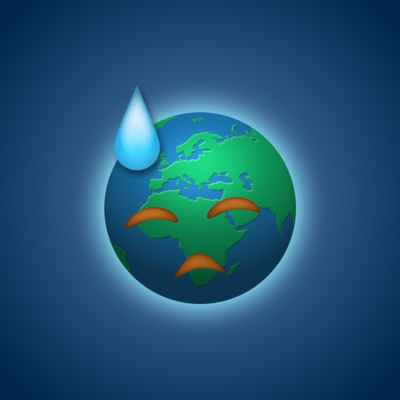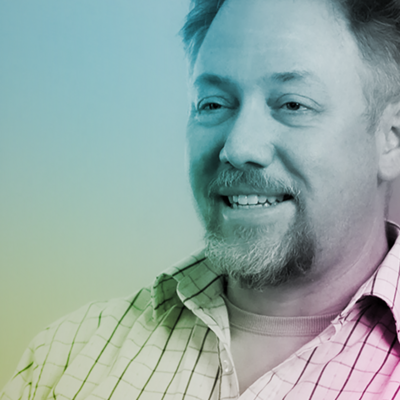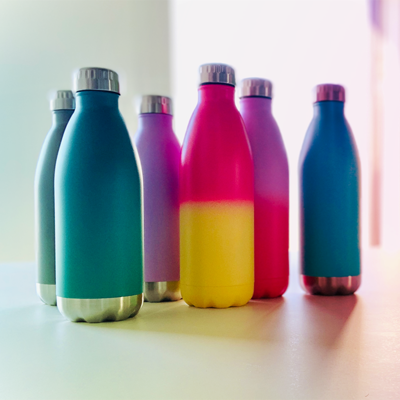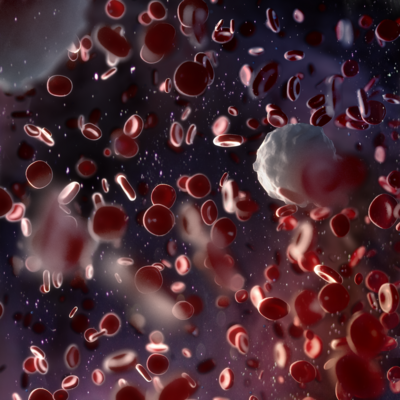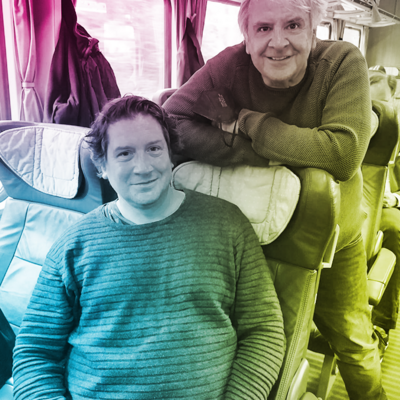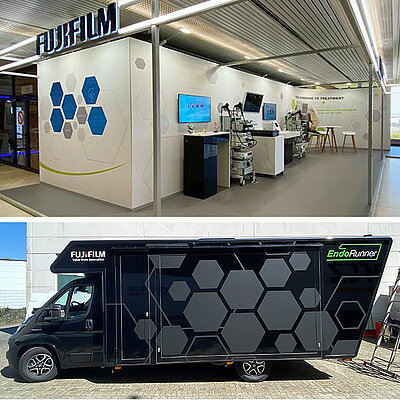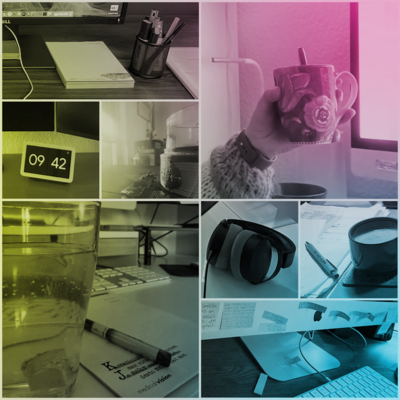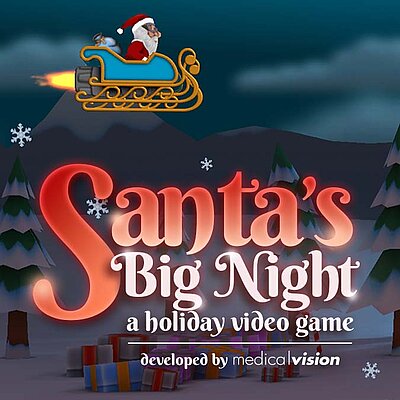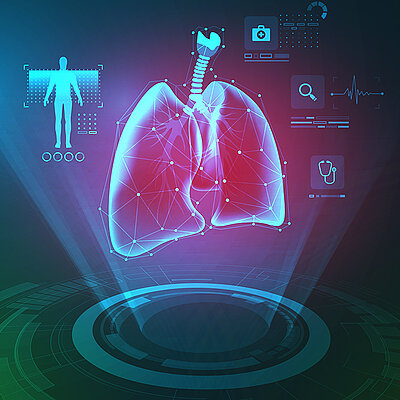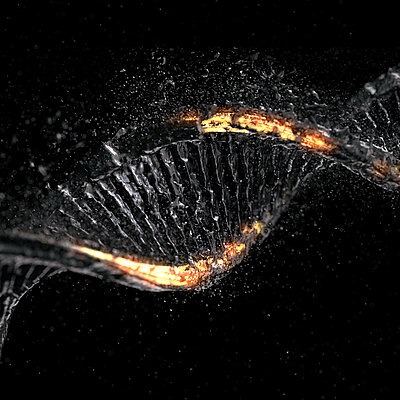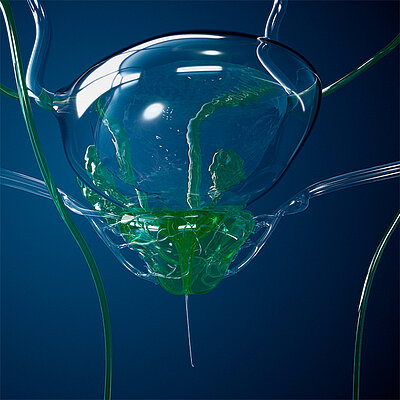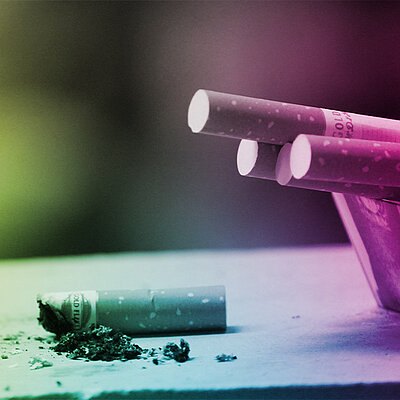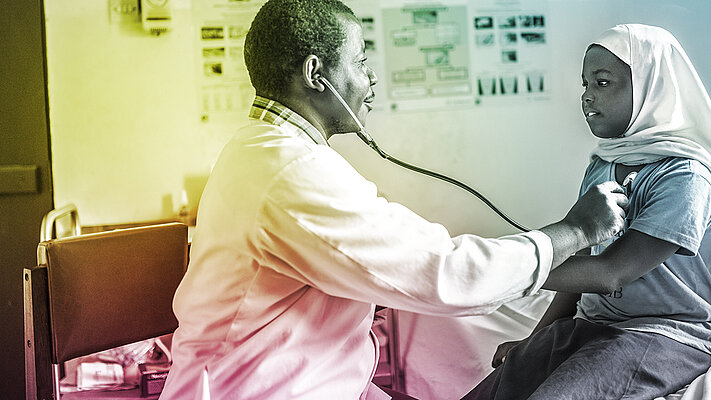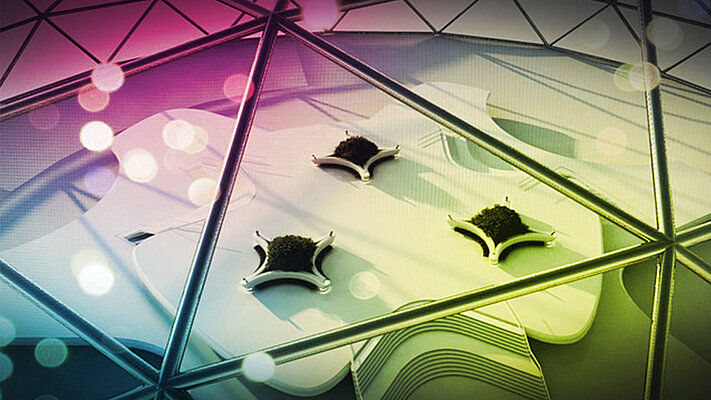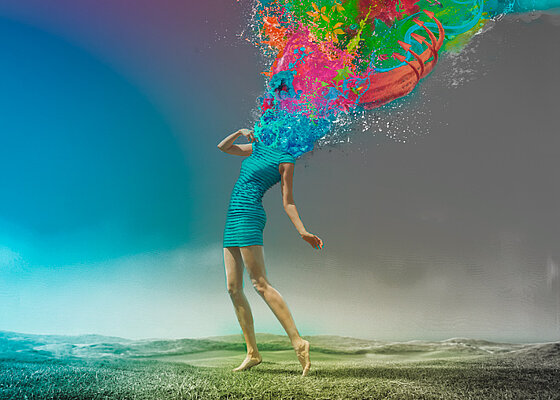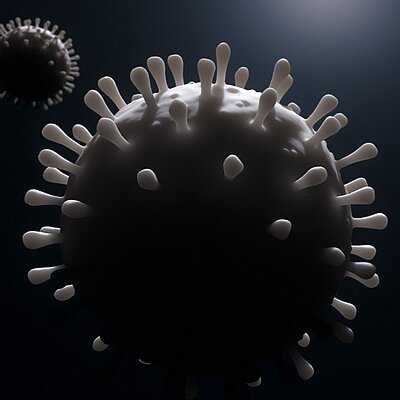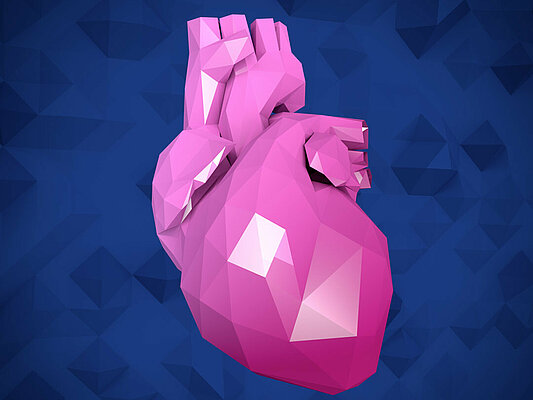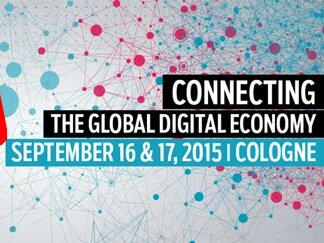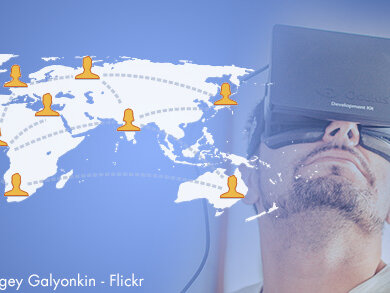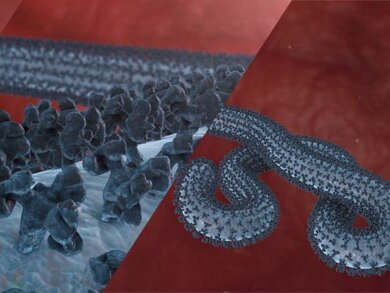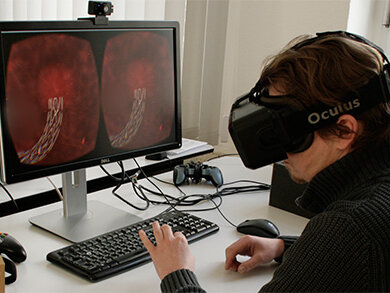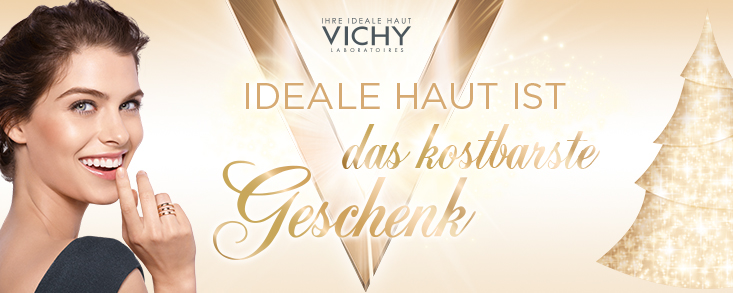Our blog post today is about stones. This topic is relevant because of the absence of one of my close colleagues - because of “stones“. Kidney stones, to be more exact, landed him in the hospital. Stone is a common term in connection with our internal organs: kidneys, gall bladder, pancreas. And just the term ”stone“ sounds indestructible, alien. It is a foreign body - but one formed in your own body and such stones are by no means uncommon.
In Germany, 1 to 2% of the population will be diagnosed with kidney stones every year. Estimates from the US are that at least 10% of people will get kidney or ureteral stones at some point in their lives: men get them more often than women, usually between 40 and 60 years of age. Kidney and ureteral stones can also occur in children. The symptoms depend heavily on the size of the stones. The main symptom is pain: from mild discomfort to severe cramping pains in the lower abdomen, stomach or back. Nausea and vomiting often accompany the pain which is usually experienced in waves.
Kidney stones form when calcium, uric acid or struvite salts can no longer dissolve in the urine, for example because their concentration is too high. Crystals are formed, which over time, develop into stones. From this I can conclude that the risk is lower when the urine is as diluted as much as possible. This theory has long since been tested and verified. The result: the risk for people who have already had a stone of developing a second one is only about half as high as long as they drink enough per day to eliminate 2.5 liters of fluid.
The amount of liquid is not the only thing that determines the appearance of a stone: the type of liquid also plays a role. Many soft drinks contain phosphoric acid, which is suspected of promoting the formation of kidney stones. Therefore, they are drinks you should avoid. A fundamental change in diet can also help reduce the risk - but this should be discussed with your doctor, as each individual may have special dietary needs.
Certain medications may also promote kidney stones - for example because they foster the creation of crystals in the urine or change its composition. Acidity in the urine plays a role; many types of stones are formed when the urine is too acidic. The body’s own anatomical features such as renal cysts or a horseshoe kidney also increase the risk.
Of course, there are also medications which help prevent kidney stones. They are used when there is a high risk of the formation of further kidney stones after an initial illness. The reasons:
- Kidney stones in childhood or adolescence
- Hereditary predisposition
- Certain diseases of the kidneys, urinary tract or gastrointestinal tract
- Overactive parathyroid gland
- Urinary tract infection(s)
- Cystine stones (caused by a rare inherited metabolic disorder)
How long it takes for a stone to pass through the urine varies. For small stones it generally takes one to two weeks; if a stone is not flushed out within four weeks, medical intervention may be necessary: in addition to painkillers, muscle relaxers may be administered. Larger stones, however, usually have to be removed using ultrasound waves or with a (minimally invasive) operation.
Up to 50 out of 100 people treated for a kidney or ureteral stone will have a second stone within five years, and some will have it more often. Therefore, prevention plays an important role. Appropriate medications are taken daily on a permanent basis, but are usually only considered if someone has already had kidney stones at least twice.
Conclusion: Kidney stones are easily treatable. However, they can cause great pain and hospitalization; Therefore, individual prevention, for example by increasing the amount of fluids you drink, can be helpful. By the way, the colleague is doing well again – but the experience “was not nice”.

